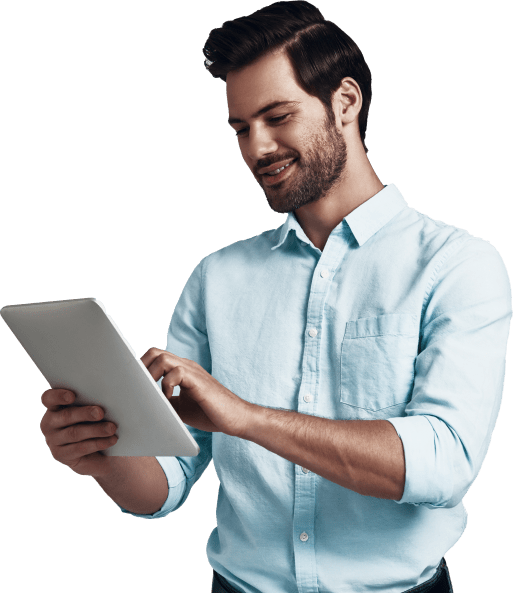Low Voltage Cabling in Fort Collins, CO
The Lowdown on Low-Voltage Cabling
From Cat5e to Coax
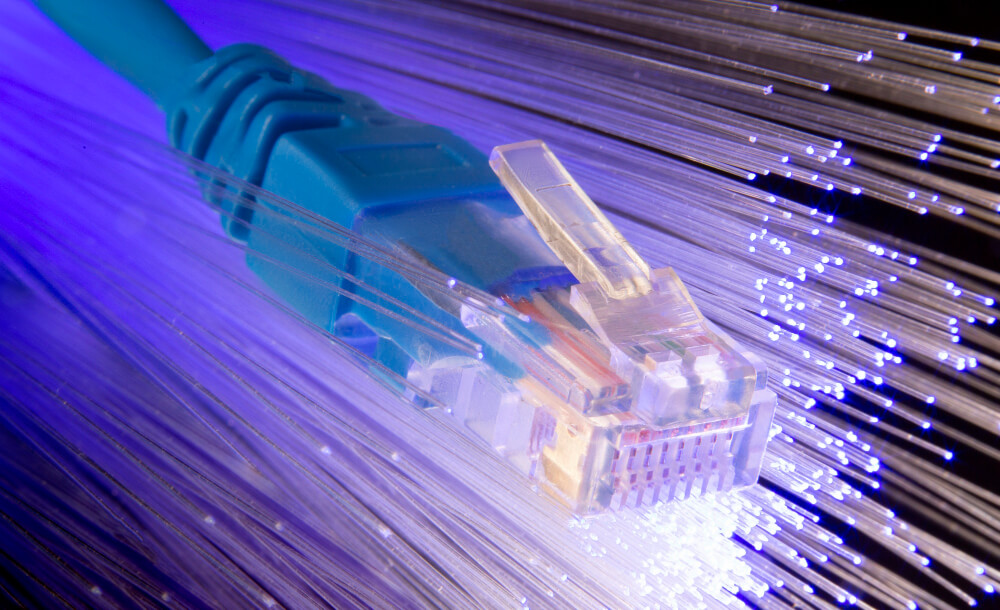
What are Low-Voltage Cables?
Types of Low-Voltage Cables
Cat5e
Cat6
Cat6a
Cat7
Coaxial Cable
Fiber Optic Cable
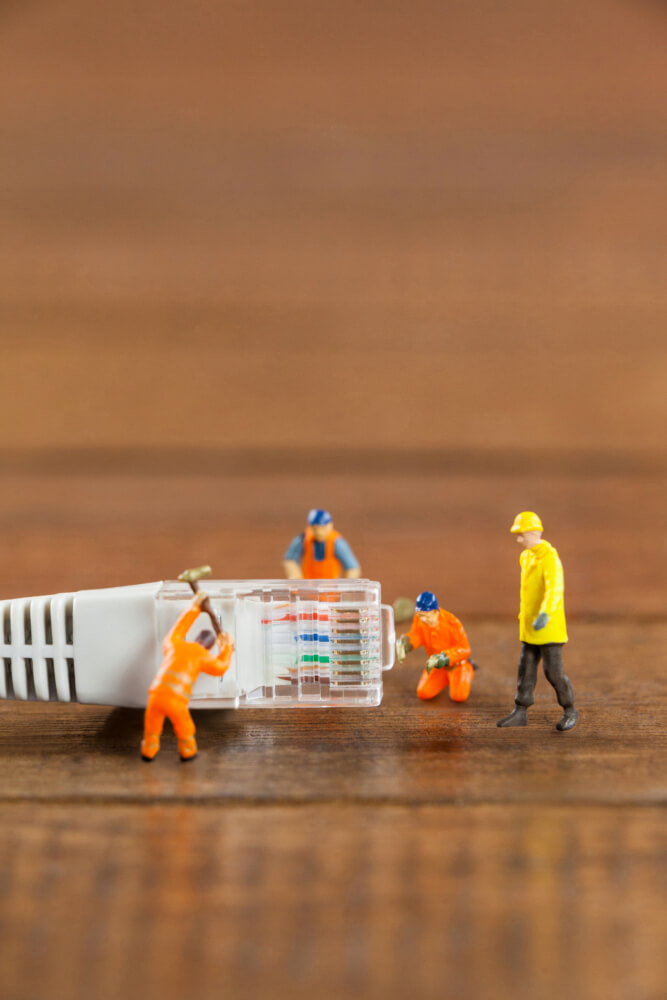
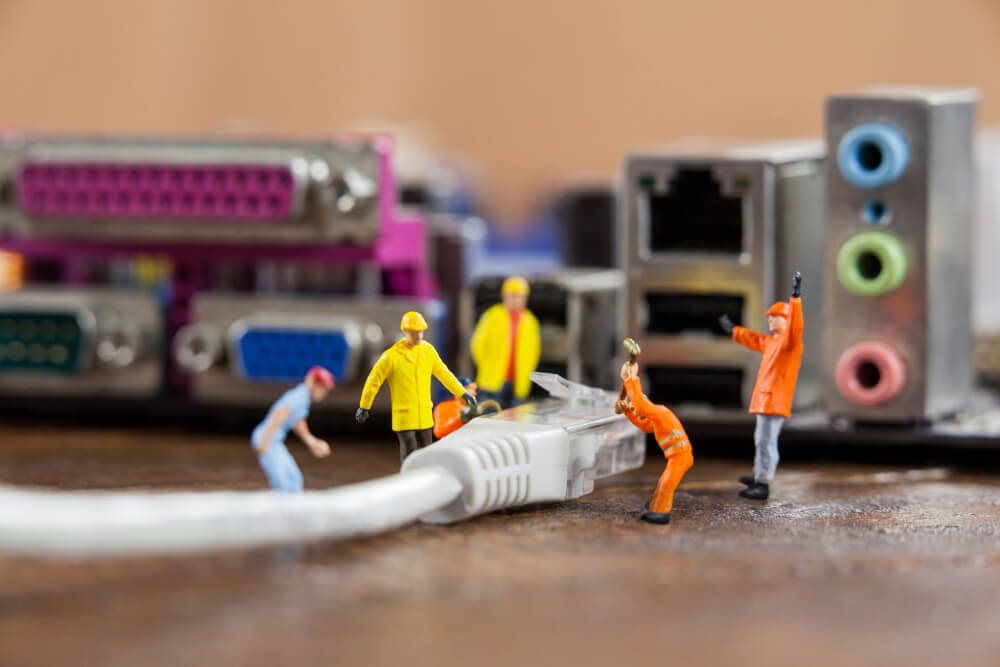

Patch Cables and Patch Panels
Patch cables are the short, flexible cables that connect individual devices to patch panels. Patch panels, in turn, act as central hubs for organizing and managing network connections. They provide a neat and efficient way to connect multiple devices to a network without a tangled mess of wires.

Cable Management
With so many wires running around, keeping things organized is crucial. Cable trays and conduit provide a safe and efficient way to route and protect cables, preventing clutter and ensuring proper airflow.
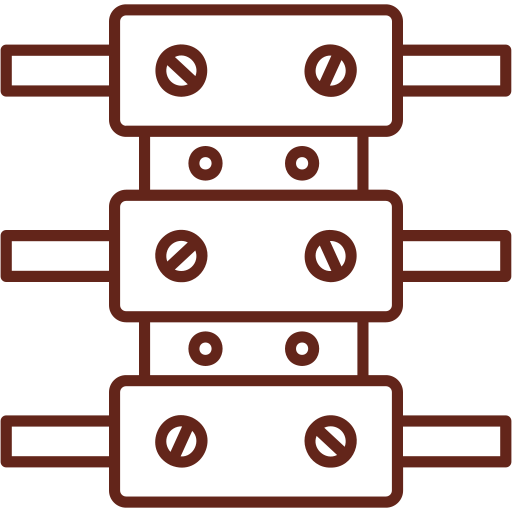
Cable Termination
The final step in any cabling project is proper termination. This involves attaching connectors (like RJ45 plugs for Ethernet cables) to the ends of the cables, ensuring a secure and reliable connection
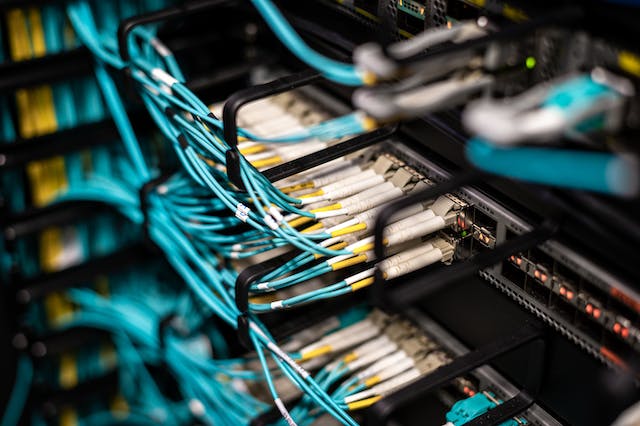
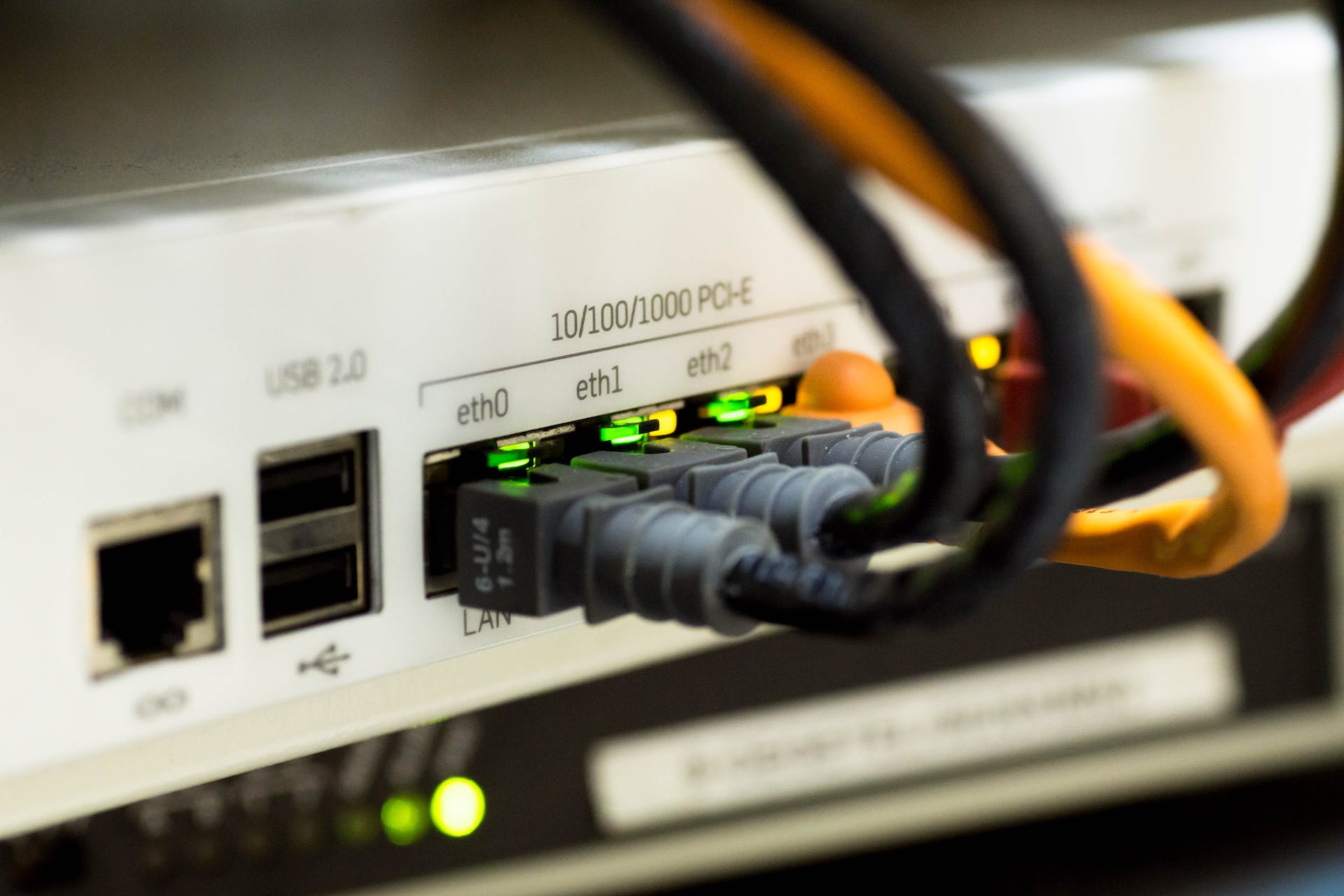
Our Company
Choosing the Right Cable
- Network speed: Cat5e is sufficient for basic home networks, while Cat6 or higher is recommended for faster connections.
- Distance: Longer cable runs may require thicker gauge wires or fiber optic cables for optimal performance.
- Budget: Cat5e is the most affordable option, while fiber optic cables are the most expensive.
DIY or Hire a Pro?
While low-voltage cabling is generally safe to handle, installing complex networks or running cables through walls may be best left to qualified professionals. They have the expertise and tools to ensure a safe and efficient installation.
Low-voltage cabling may not be the flashiest part of our digital world, but it’s the silent workhorse that keeps everything connected. Understanding the different types of cables, their applications, and best practices for installation can help you build a reliable and efficient network that supports your needs, whether at home or in the office.
Remember: Safety first! Always consult the manufacturer’s instructions and follow proper safety precautions when working with electrical cables.
Get Started Now
Get In Touch With Us
